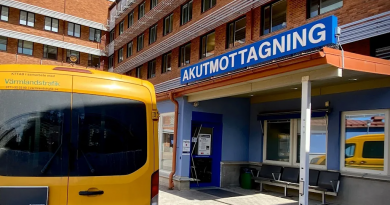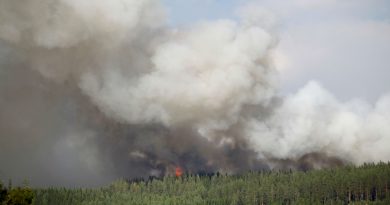Atlantic Canada: Inuit helping Innu community deal with suicide crisis
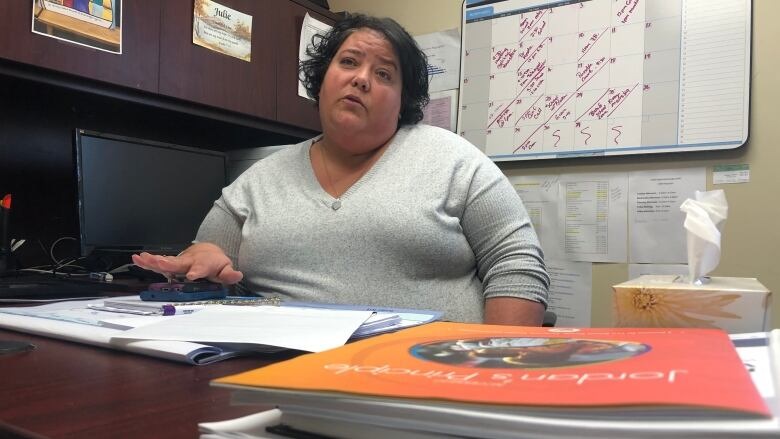
As support workers continue around-the-clock support to help people in Sheshatshiu deal with the community’s suicide crisis, the effort has also brought together the wider Labrador Indigenous community.
Two members of the Nunatsiavut Mobile Treatment Team arrived last week in the Innu Nation community, among the first to answer Chief Eugene Hart’s call for external support in the wake of 10 attempted suicides in the span of a week in the community located in the Labrador region of Canada’s Atlantic province of Newfoundland-and-Labrador.
“It shows strength and resiliency among the Indigenous population in Labrador,” said April Andersen, a trauma and addictions social worker with Nunatsiavut, the Inuit region of northern Labrador.
“It shows that we can come together and support the people of Labrador, the Indigenous groups.”
Since coming to Sheshatshiu, Andersen said her phone has been ringing off the hook with people looking to access the services she is helping to provide at the Mary May Healing Centre. The Centre has been continuously open and staffed since the crisis was declared Oct. 29.
“It is a good idea to have 24-hour support for the youth because when you’re having difficulty coping, it just doesn’t happen from 8 to 4,” she said.
“It happens 24/7, seven days a week.”
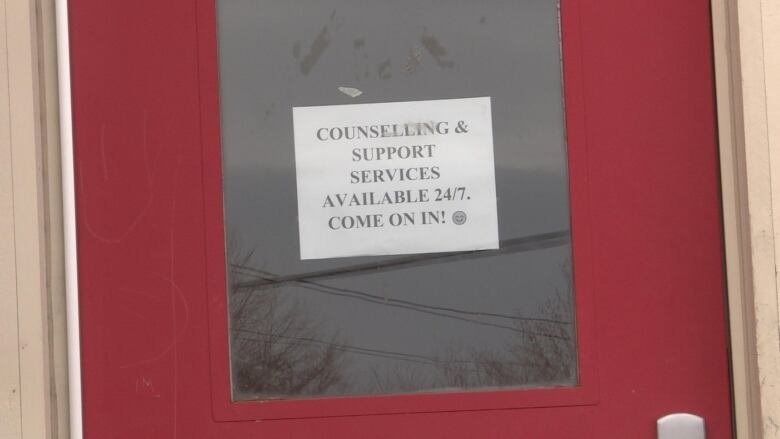
Lived experience
Andersen’s job is about compassion, she said, and pointed out that Nunatsiavut communities have dealt with similar crises surrounding young people experiencing suicidal thoughts and ideations.
“Being from Labrador, we’ve all had to deal with someone in our lifetime that either thought about suicide or died by suicide,” Andersen said.
“Having that lived experience provides me with a compassion that is very strong and I want to support people.”
While the cultural background and beliefs differ between the Innu of Sheshatshiu and the Inuit of Nunatsiavut, she said, the groups share common past experiences such as being forcibly resettled, and systemic racism.
“What we’re seeing is the effects of historical trauma. It is still present in the communities today. So what happened in the past is still affecting generations today,” Andersen said.
“Colonialism and colonization is a part of it, because that’s how the historical trauma has happened.”
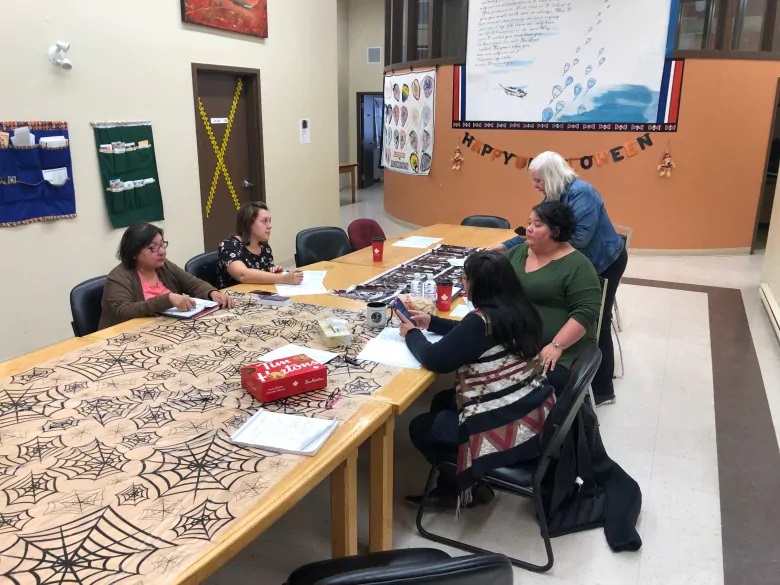
Crisis intervention
When the crisis was called, Blake Sheppard-Pardy helped put the support plan in place, including the 24/7 clinic at the Mary May Healing Centre. Pardy works with Jordan’s Principle, a federal program meant to ensure Indigenous children receive equal and culturally appropriate services.
“Seeing everybody come together as a group as a whole and to know that you are not alone, I think, is really important,” Sheppard-Pardy said.
“[We are] working quite a lot to try and calm the situation and make it easier for everyone in the community to come and get the support that they need.”
Jordan’s Principle is a relatively new response effort, part of the outcome of the Canadian Human Rights Tribunal in 2016 to better serve Indigenous children.
“We’re in place so that kids don’t fall through the cracks,” Sheppard-Pardy said.
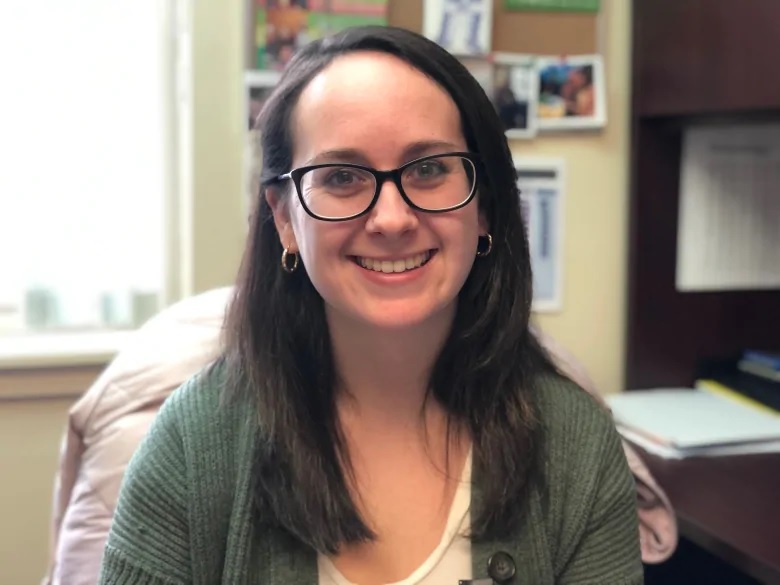
Sheppard-Pardy said through Jordan’s Principle, extra staff were secured to meet the needs of the community. They put up several temporary job postings to help deal with the crisis and were met with an influx of applicants.
“I’m hoping that with this, we can find a way to rebuild the community and rebuild the youth, and help them with anything that they’re going through,” Sheppard-Pardy said.
“That’s what we’re here for.”
The plan is for some of those temporary positions become permanent.
“We’re hoping to keep with those positions to have constant support to help the community,” she said.
“We’re going to look into many different ways to help with the long term.”
Where to get help:
- Canada Suicide Prevention Service: 1-833-456-4566 (phone) | 45645 (text) | http://www.crisisservicescanada.ca/ (chat)
- In Quebec (French): Association québécoise de prévention du suicide: 1-866-APPELLE (1-866-277-3553)
- Kids Help Phone: 1-800-668-6868 (phone), Live Chat counselling at www.kidshelpphone.ca.
- Canadian Association for Suicide Prevention: Find a 24-hour crisis centre.
- Hope for Wellness Help Line at 1-855-242-3310 or chat online at hopeforwellness.ca.
Related stories from around the North:
Canada: Death in the Arctic, Eye on the Arctic special report
Finland: Police in Arctic Finland overstretched, says retiring officer, Yle News
United States: Alaska’s suicide rates jump 13 percent, report shows, Alaska Public Media

